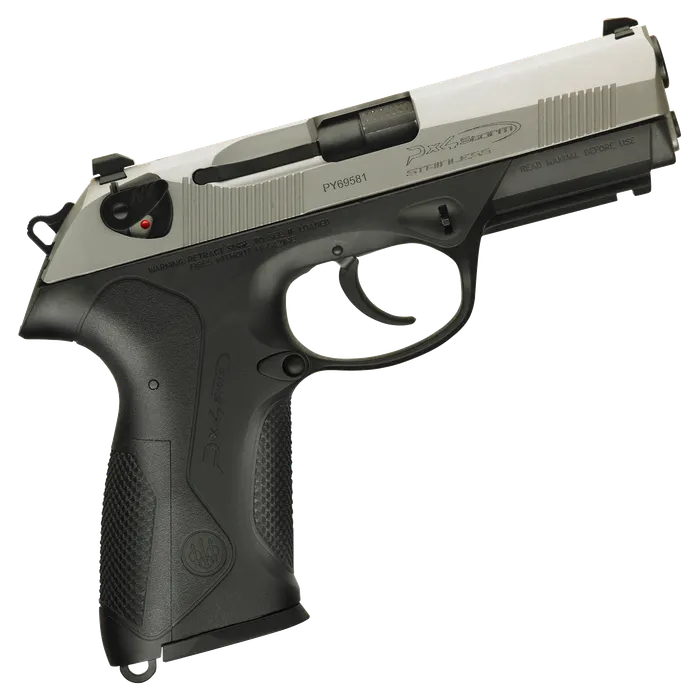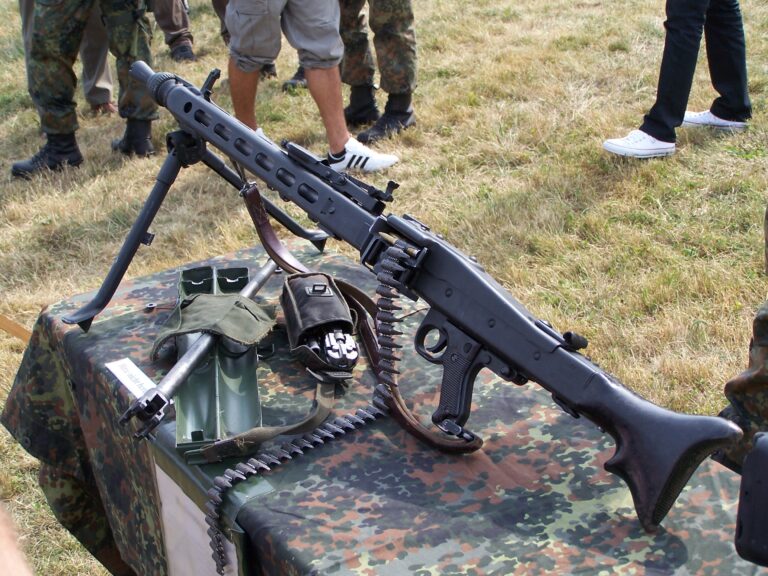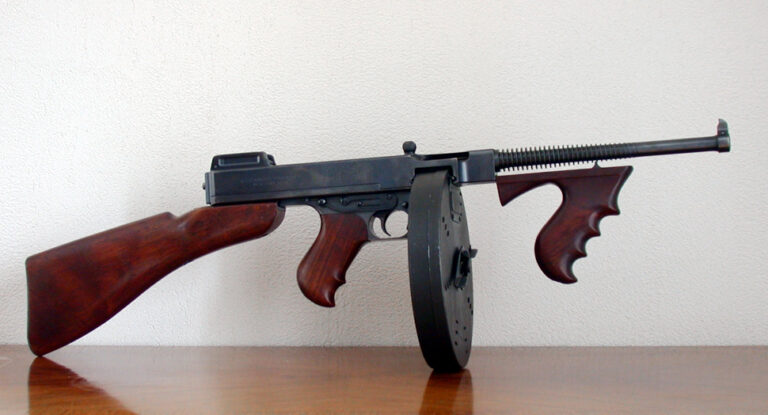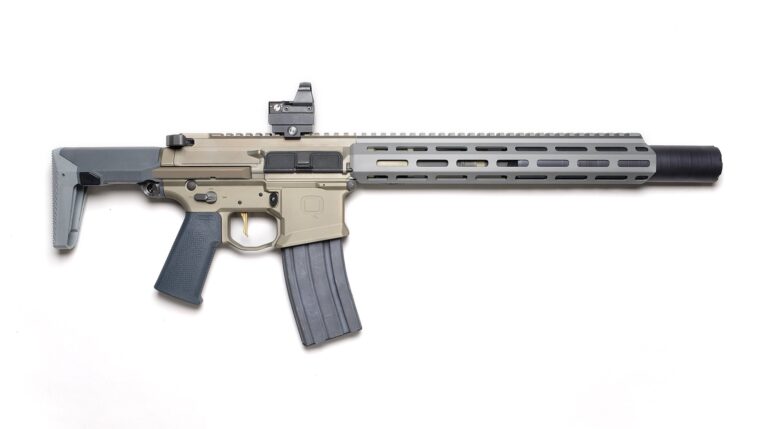Introduction
The M16, designed in the 1960s, has become one of the most emblematic assault rifles in modern military history. Initially developed to meet the challenges of the conflicts of the time, it rapidly evolved to become a global standard. Used in iconic wars such as Vietnam, this rifle marked a turning point in the history of weaponry thanks to its light weight, innovative mechanism and versatility in the field. This article explores in detail the history, technical features and cultural impact of the M16, highlighting its crucial role in modern conflicts.
Origin and development
The M16 is a direct descendant of the AR-15 rifle, developed in the 1950s by Eugene Stoner for the Armalite company. Conceived as a lighter, more maneuverable alternative to traditional rifles, the AR-15 was distinguished by the use of an aluminum alloy for the weapon body and a direct gas borrowing system. This innovative technology reduced weight while delivering a high rate of fire. In 1959, Colt acquired the rights to the AR-15 and adapted the rifle to meet military specifications, creating the M16.
Officially adopted by the US Army in 1964, the M16 was initially deployed during the Vietnam War to replace the M14, deemed too heavy and unsuited to combat in tropical environments. However, the first deployments of the M16 were marked by major problems. The choice of a different powder for the ammunition and a lack of cleaning kits distributed to soldiers led to frequent jamming, considerably reducing the weapon’s reliability. After extensive modifications, the M16A1 was born, incorporating improvements such as a forward assist mechanism, reinforced materials and a new ammunition powder. This improved version quickly became a mainstay of the American armed forces.
Technical specifications
The various versions of the M16 are distinguished by technical features that have evolved over the decades.
–Calibre: 5.56 × 45 mm NATO, offering an optimum compromise between power, range and lightweight ammunition.
Mechanism: Direct-throttle borrowing system with rotary lock.
–Firing modes: Semi-automatic and automatic, with variants offering bursts limited to three shots.
–Barrel length: 20 inches (508 mm) for enhanced accuracy, although versions with shorter barrels have been developed for specific missions.
–Weight: Approx. 2.9 kg empty, making this a relatively light rifle for its class.
Feeder: Standard capacity 20-30 cartridges, with high-capacity feeder options available.
–Picatinny rails (on modern versions): Allow the addition of tactical accessories such as optical sights, front grips or lights.
These specifications have been designed to offer maximum efficiency on the battlefield, combining maneuverability, precision and ease of maintenance.
Performance and reliability in the field
The M16 has proven its effectiveness in a variety of environments, although its early days were marred by technical problems. Its lightness and precision make it ideal for medium-range engagements, while its high rate of fire offers a distinct advantage in close combat. Later versions, such as the M16A2 and M16A4, introduced significant improvements, including an adjustable rear sight for greater accuracy and more wear-resistant materials.
However, its direct gas borrowing mechanism remains a weak point in extreme environments, where residue build-up can lead to malfunctions. Despite this, the M16 remains a reliable weapon for properly trained and equipped soldiers.
International Adoption
The success of the M16 is not confined to the USA. Many allied countries, such as Canada, Australia and Israel, have adopted variants of this weapon for their armed forces. Its worldwide adoption is a testament to its versatility and effectiveness, despite initial criticism. Today, the M16 continues to be used in many armies, although some have begun to replace it with more modern models such as the HK416 or the FN SCAR.
Comparison with other assault rifles
The M16 is often compared to other iconic assault rifles.
–AK-47 The AK-47, although less accurate, is renowned for its robustness and simplicity, even in extreme conditions.
FN FAL: Using a more powerful caliber, the FN FAL is better suited to long-range engagements, but is heavier and less maneuverable.
–HK416 Based on the M16, the HK416 improves reliability thanks to a short-stroke piston system.
These comparisons highlight the M16’s strengths, notably its precision and maneuverability, while also underlining its limitations when compared with more modern weapons.
Cultural impact and heritage
The M16 is much more than just a military tool. It has become a symbol of American power, appearing in countless films, TV series and video games. Its presence in Vietnam War films such as “Apocalypse Now” and “Full Metal Jacket” has solidified its status as a cultural icon. As the standard weapon of the US Army for several decades, the M16 represents both the challenges and advances of modern weaponry.
Conclusion
The M16 revolutionized the concept of light, accurate assault rifles. Although it got off to a rocky start, successive improvements have made it a reliable, versatile weapon used by armies the world over. Its impact, both on the battlefield and in popular culture, is undeniable. As new models emerge, the M16 remains an essential reference in the history of military weaponry.









